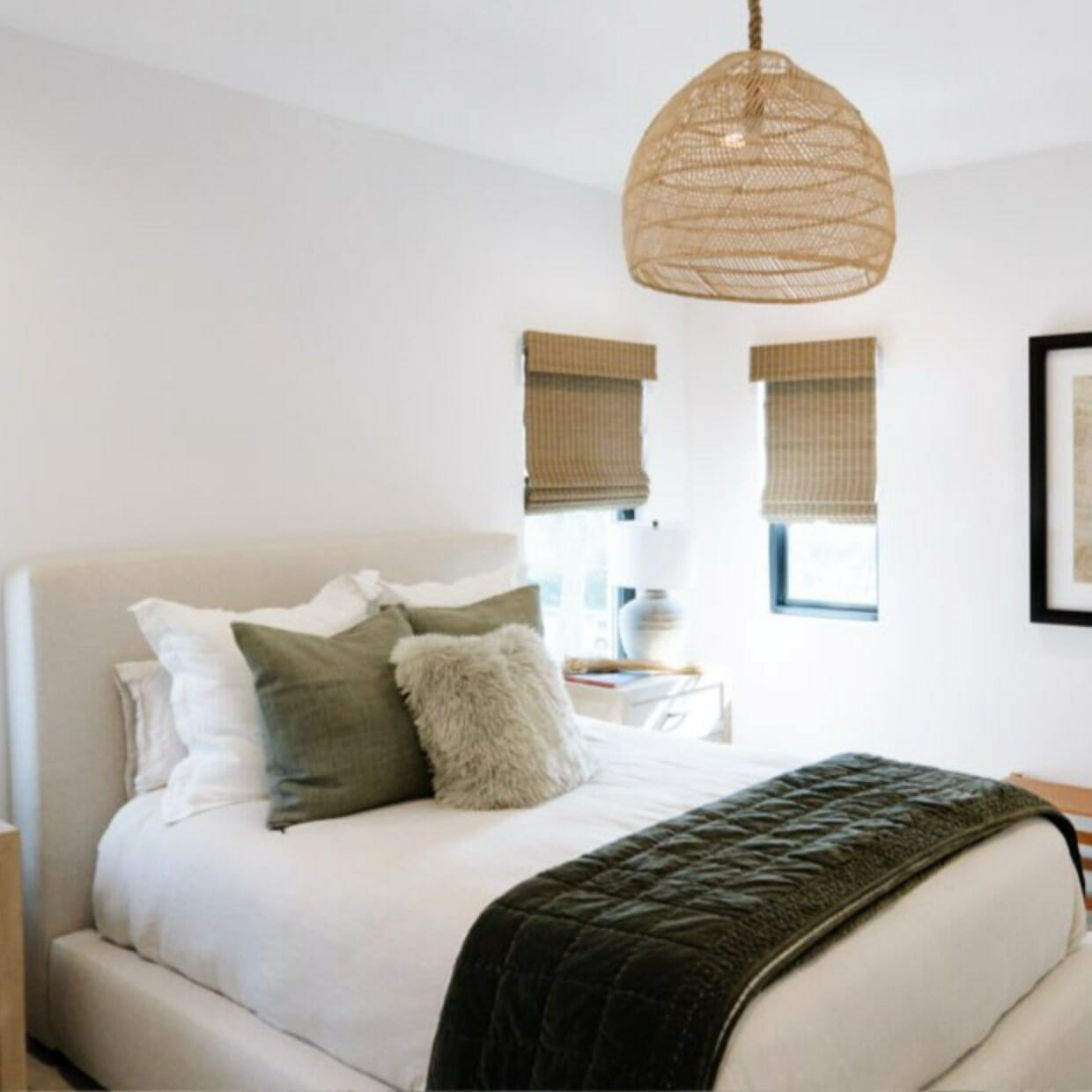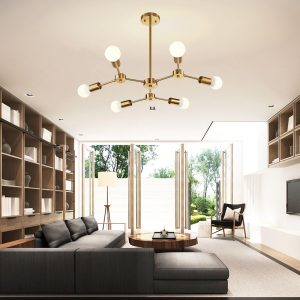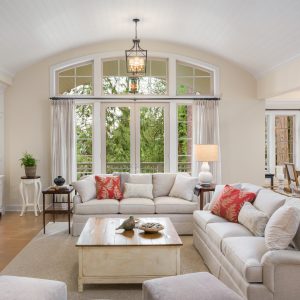
Rectangular Living Room False Ceiling Design: Creating a Striking and Functional Space
Introduction
The living room is the heart of any home. It is where family and friends come together to relax, socialize, and enjoy each other’s company. The design of the living room is crucial in creating an inviting, comfortable, and functional space. One aspect of living room design that often goes unnoticed but can make a significant impact is the ceiling. Installing a false ceiling in a rectangular living room can improve aesthetics, acoustics, and lighting. In this article, we will explore how to design a rectangular living room false ceiling that is both striking and functional.
Why Install a False Ceiling?
A false ceiling, also known as a drop ceiling or suspended ceiling, is a secondary ceiling that is installed below the primary ceiling. False ceilings are often used for aesthetic and functional purposes. They can hide wires, pipes, and ducts that run above the primary ceiling. False ceilings can also improve acoustics and lighting by reducing echoes and enhancing luminosity. In rectangular living rooms, false ceilings can help to create a sense of depth and height, making the space appear larger and more open.
Designing a Rectangular Living Room False Ceiling
When designing a rectangular living room false ceiling, there are several factors to consider. The first is the shape of the room. Depending on the shape, you may want to opt for a simple rectangular false ceiling or a more complex design. For example, if the living room is L-shaped, you could install a rectangular false ceiling in the main area and a drop-down cove false ceiling in the corner, creating a cozy and intimate space.
The second factor to consider is the height of the ceiling. If the living room has a high ceiling, you may want to consider a layered false ceiling with recessed lighting. This can add depth and dimension to the space while creating a warm and inviting atmosphere. On the other hand, if the living room has a low ceiling, you may want to opt for a simple rectangular false ceiling with an open design to maximize the height of the space.
The third factor to consider is the materials used for the false ceiling. False ceilings are typically made from plasterboard, gypsum board, or metal tiles. Depending on the style and design of the living room, you may want to opt for a traditional plasterboard false ceiling or a modern metal tile design. You could also incorporate wood or bamboo into the design for a natural and eco-friendly look.
Lighting
Lighting is a crucial aspect of living room design, and false ceilings can help to enhance natural and artificial lighting. Recessed lighting is a popular choice for false ceilings, as it can provide a warm, glowing effect that is perfect for relaxing or entertaining guests. You could also incorporate chandeliers or pendant lights into the design for added elegance and sophistication. It is essential to consider both the functionality and aesthetics of the lighting when designing the rectangular living room false ceiling.


